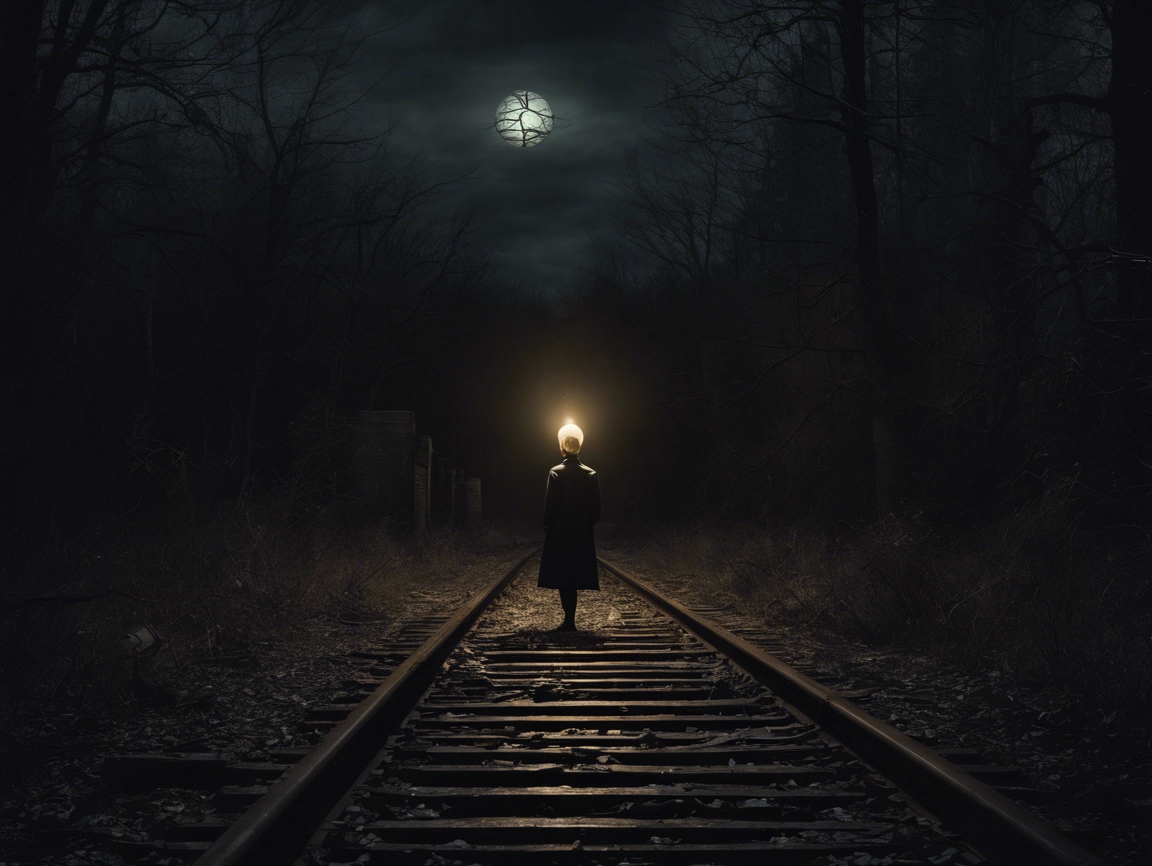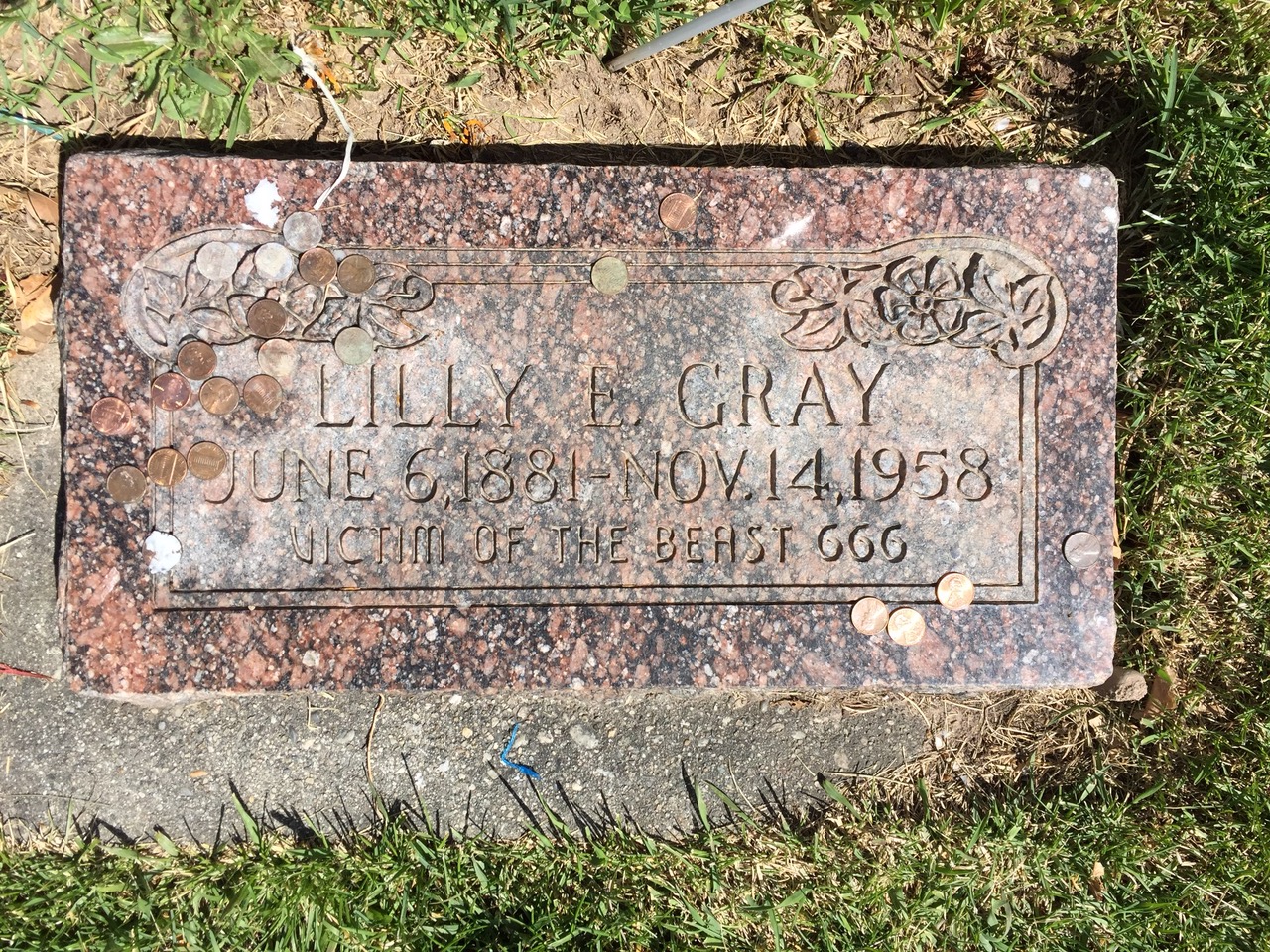Growing up, I devoured every UFO book I could get my hands on. Most cases followed the same pattern:
As a weird kid growing up in the ’80s, Unsolved Mysteries gave me completely unrealistic expectations about the frequency
A Circus Act Turned Deadly Sounds like everyone’s worst nightmare, right? For a 13-year-old boy living in San Francisco
Gurdon, Arkansas, is a small town with a big legend—one involving a derailed train, a gruesome murder, and a
Lilly E. Gray’s Gravestone: Unraveling the ‘Victim of the Beast 666’ Mystery The Salt Lake City Cemetery spans 120






